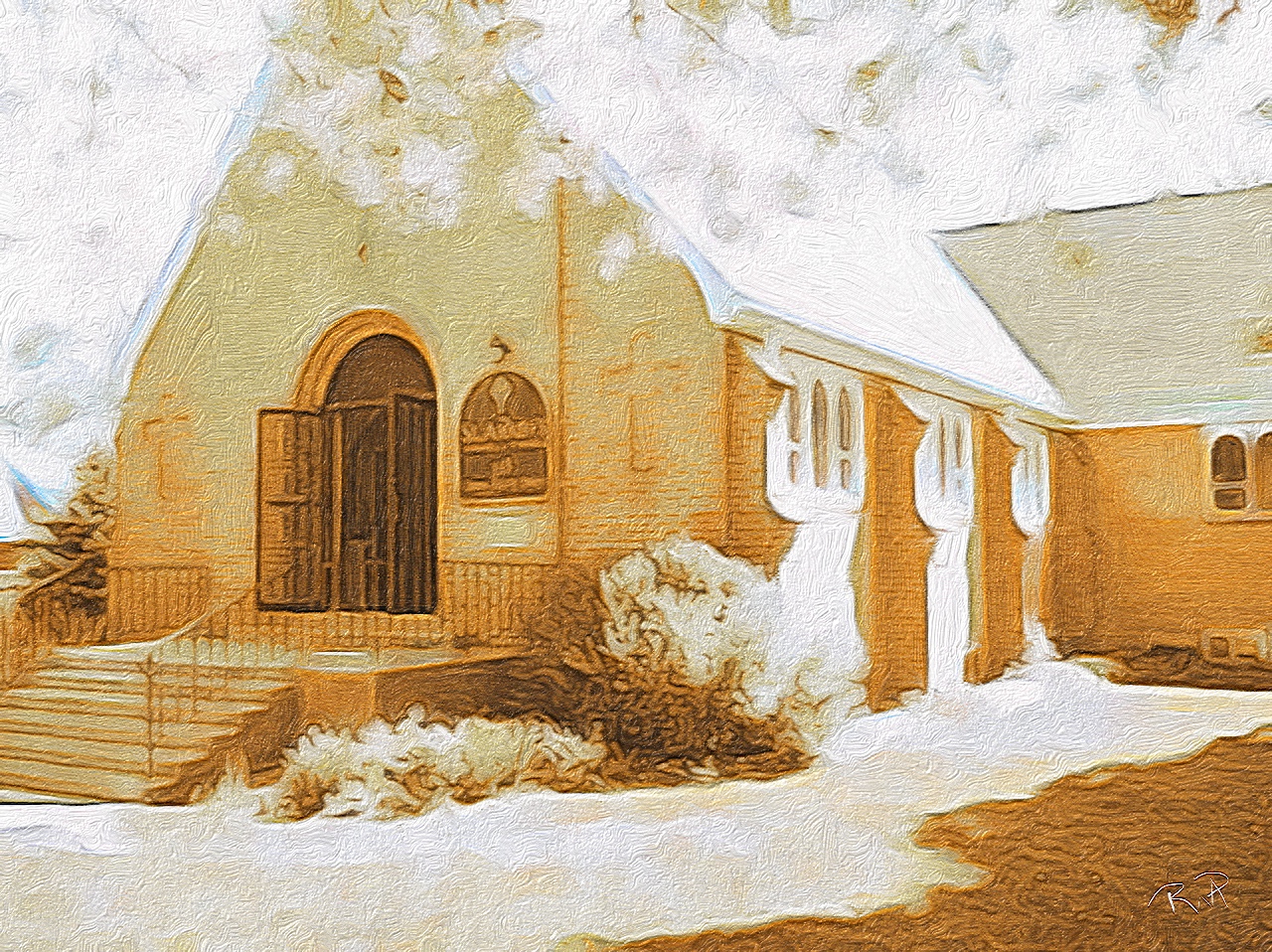 by Richard Bradley
by Richard Bradley
Parishioners at St. Aidan’s Oakville recognize the signs: an effective, part-time incumbent retires; the bishop meets with the corporation; an outside “facilitator” is identified; a “discernment process” is set up; a “parish profile” developed—and there is an over-riding sense of déjà vu. Here we go again!
St. Aidan’s has been a small parish for many years. Average combined Sunday attendance at the 8:30 a.m. Celtic service (set up a few years ago as a form of “fresh expression” in liturgy) and the 10:00 a.m. family Eucharist is under 50 souls. Like many small parishes in Niagara, the arc of St. Aidan’s story includes rapid growth and development in the 1950s and ‘60s followed by gradual decline due to significant demographic, social and cultural change.
In 1970, with the closure of the Canadian Armed Forces Central Command Headquarters, located within the parish, St. Aidan’s membership took a sharp downturn. In the intervening years, our story has been a roller-coaster ride—deficit budgets, diminished resources and energy and impending closure—followed by renewed vision and leadership, action plans and hope for a sustainable future. The cycle continues, and at each upturn, it seems harder to muster the drive and energy needed to carry on.
Telling our past stories, examining our current mission and relevance, and trying hard to discern a viable future for our struggling parish will be a difficult journey.
In recent times, we have already taken this journey twice—once in 2005 and again in 2012. Each of these dates marks a time of transition when the parish was seeking new leadership. As we move into this next transition period, we recognise the daunting nature of the task because we have been there before.
At the same time, we are bolstered by growing opportunities to serve our community. Oakville’s official plan includes significant intensification and new zoning for residential and business development, especially along the Kerr Village corridor, and the creation of a “transit hub” at Speers Road and Kerr Street. The West River area itself, with St. Aidan’s positioned squarely in the middle, is undergoing much turnover, renewal and refurbishment. Many low income and single parent families, as well as new immigrants round, out the patchwork quilt of St. Aidan’s parish. There are burgeoning needs all around us.
We are also bolstered in the knowledge that we are not alone; other parishes face similar challenges. We can look to examples of parish mergers or “two-point” configurations to see what’s possible. Perhaps there is an opportunity for us to partner with another faith community to share the load. And help is available.
Diocesan staff can assist with expertise, planning, information and connecting parishes with common concerns. Articles on parish renewal and leadership (e.g., the late Steve Hopkins’ articles on leadership issues in this and last month’s Niagara Anglican, and John Bowen’s outline on leadership styles that appeared last April and May) are helpful for framing parish conversations on future direction, mission, success and sustainability.
What will this round of introspection, analysis and dialogue yield? Will we discover new truths and insights about ourselves? How do our West River community neighbours and our program partners see us evolving? What leadership style and skills should we bring to our mission? Is there a realistic, manageable path forward? All of these are good questions to ask, but none are as important as this: how can our small parish best proclaim God’s “good news” story?
Richard Bradley is a parishioner at St. Aiden’s Oakville.


Euchre and the Meaning of Life